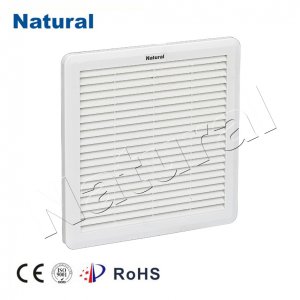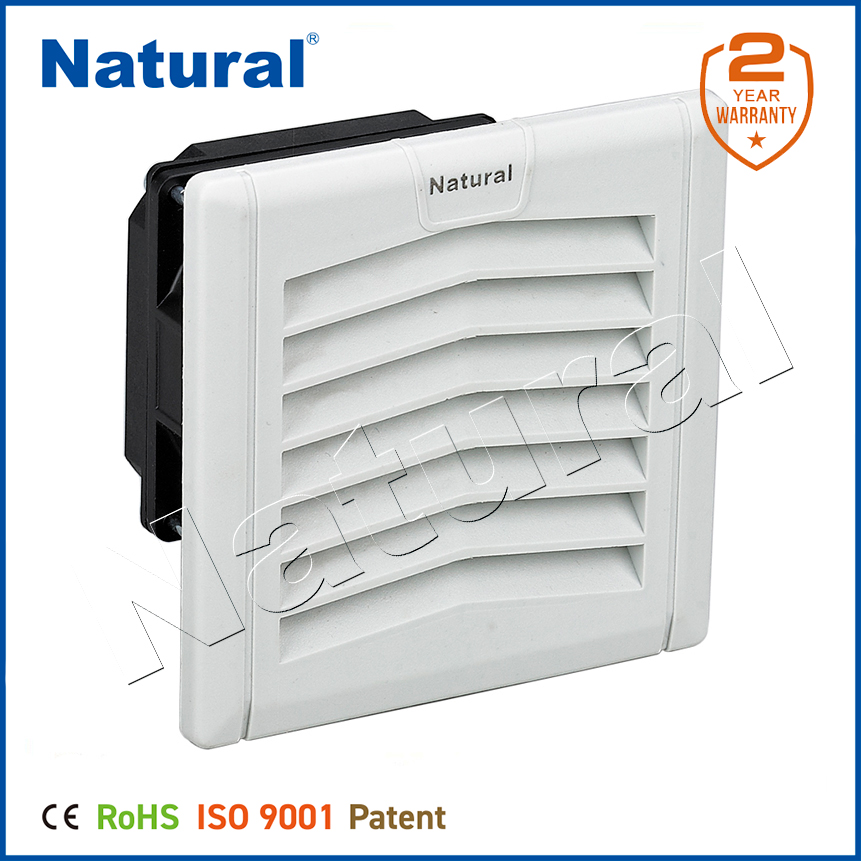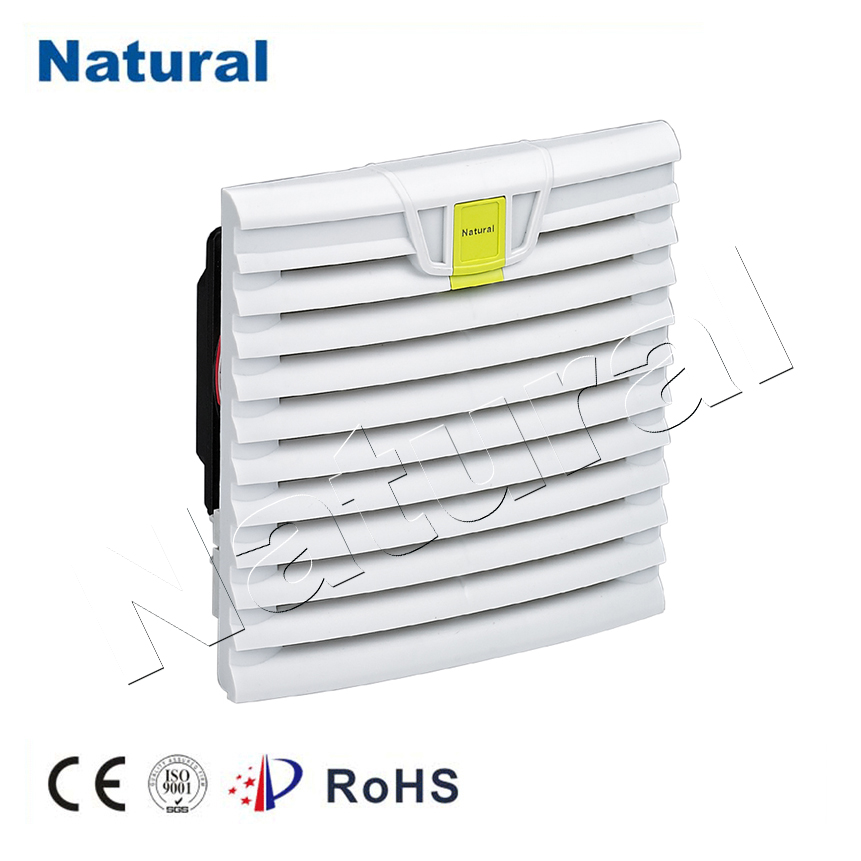In modern times, maintaining clean air is becoming increasingly important due to various environmental concerns and health risks associated with air pollution. Air purification systems play a crucial role in improving indoor air quality, and two key components of these systems are the fan and the filter. These components work together to remove harmful particles and ensure the air we breathe is as clean as possible. In this article, we will explore the functions of fans and filters, their importance, and how they contribute to the overall performance of air purifiers.

The Function of a Fan in Air Purification Systems

The fan is the driving force behind any air purification system. Its primary function is to circulate air through the unit, drawing in contaminated air from the surrounding environment and pushing it through the filters. Fans come in various sizes and power capacities, depending on the size of the air purifier and the space it is designed to serve. The fan creates the airflow needed to move air through the filters, allowing the system to capture harmful pollutants effectively. A high-quality fan is essential for the proper functioning of an air purifier. It must be able to generate enough airflow to ensure that all the air in the room passes through the filters within a reasonable amount of time. In addition, the fan should operate quietly to ensure the air purifier does not produce disruptive noise while in use. The fan’s efficiency and power determine how quickly the system can purify the air, which is especially important in larger rooms or spaces with high levels of pollutants.
